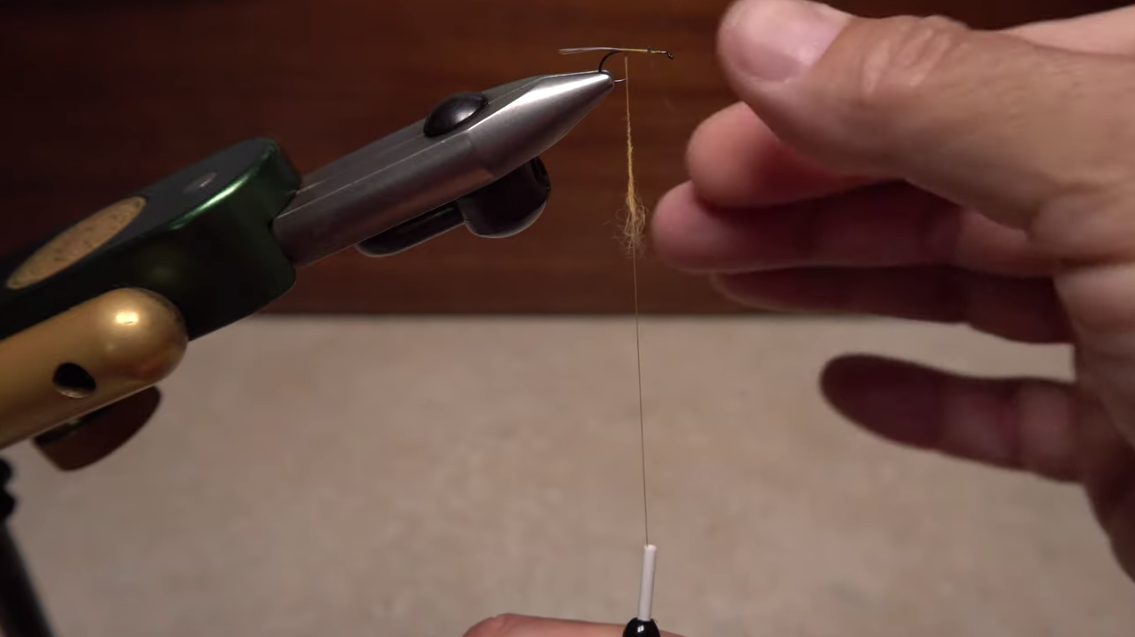Using dubbing to craft fly bodies and collars shouldn’t be that difficult, regardless of the material you use in the process. But, for those new to the craft, dubbing can often give them fits at the vise.
Below, Tim Flagler shows us how to craft the simple dubbing “noodle,” or a length of dubbing that will be wrapped around hook, in this case to make a body for a mayfly pattern.
Two things to to remember from this short video:
- Less is more. You don’t need a lot of dubbing to cover a few inches of tying thread, and the less you use, the more streamlined the fly will be.
- Don’t try to put all of the dubbing on the thread all at once. Using clockwise turns with your thumb and forefinger, apply small pieces of dubbing at different intervals, taking care only to wrap the top half or so from each application. Then, when you put more dubbing below, you’ll create a nice blend that will make a sturdy and slender dubbing noodle.
Dubbing is a basic fly-tying skill, but if you don’t do it correctly, you’ll find that your flies will be unnecessarily fuzzy, and that you may have to do some streamside fly maintenance to ensure the fly floats or swims as you intended it to do.
The easiest solution? Learn to do it right and enjoy flies that look better and last longer.



